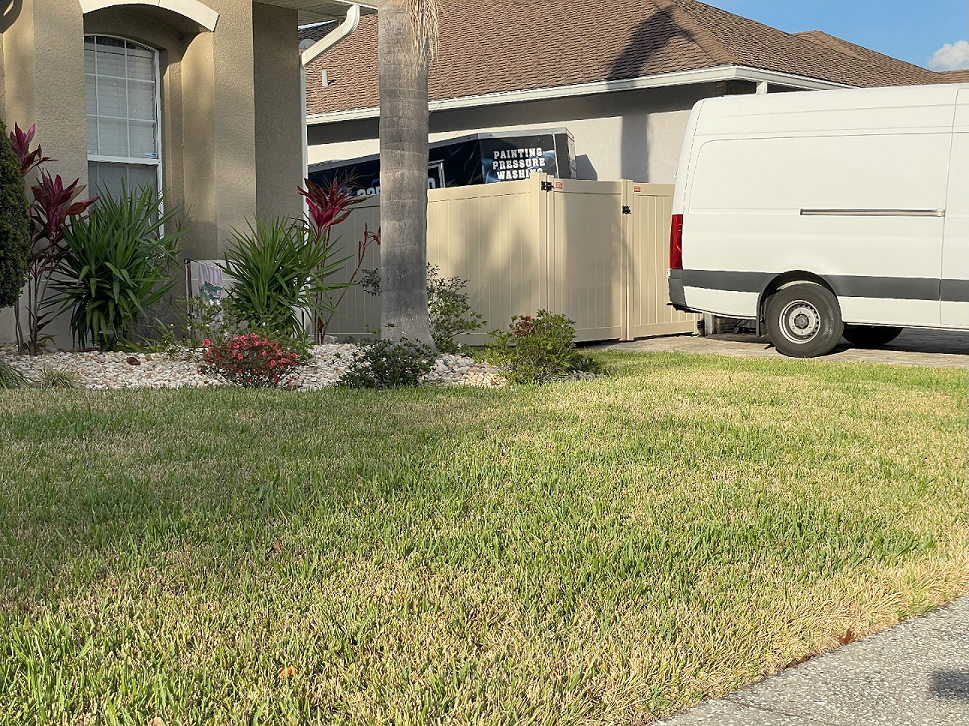While northern parts of the US experience winter as periods of low temperatures and chances of snow, southern states are more likely to experience periods of low rainfall and low humidity. For turf and lawns, especially species that don’t go dormant in winter, the dry season can present particular challenges. Read on to get our expert advice on dealing with the Florida dry season.
What is Florida Dry Season?
Florida dry season typically runs from October until May, or the majority of the year. January is typically the driest month of the year. During dry season, the average rainfall in southwest Florida is about 3 inches, compared to 7-8 inches in summer. During this time, temperatures can be moderate and humidity is low. In short, there is less available moisture in the atmosphere and ground, which makes things harder for plants.
Challenges Associated with Florida Dry Season
Lower rainfall and humidity doesn’t just mean less atmospheric moisture, it means water resources like wells and lakes tend to recede as well. This combined with watering restrictions that are in affect through much of the state (sometimes as little as watering 1 day per week) can severely impact plant health. Make sure you check what specific watering restrictions you have in your part of Florida, since they can vary.
Many grass varieties used in Florida do not go dormant for the whole winter season, unlike in the north. These grasses need water all year round, even when there is less available. Temperatures can also fluctuate widely, from moderate to unexpectedly hot. All of this leads to a more stressed and less healthy plant that will require special attention to stay healthy as the seasons change over.
What Solutions Exist?
There are both practices and products that you can employ to mitigate stress and damage to plants during dry season. These are all aimed at reducing water loss in the soil. When dealing with turf, reduce your mowing frequency and cut grass higher; cutting grass too short will stress it out. Water turf early in the morning to reduce water loss due to evaporation.
For product application, your first thought should be to apply Hydretain to turf and landscapes to improve plant hydration. This will help with water availability regardless of rainfall or humidity during dry season. Hydretain is great all year round, but during periods of low available moisture it really shows its value!
For all plants, you should amend poor quality or sandy soils to improve their water-holding capacity. This can be done with EnviroPlex and other soil conditioners.
If there is concern about stress from temperature fluctuations, apply seaweed-based amendments such as SeaXtra or hormone biostimulants such as CytoGro to increase stress tolerance. A high potassium fertilizer such as Enviro K or All K may also help plants reduce abiotic stresses such as drought, wind, and extreme temperatures.

Dry seasons can prove to be a difficult time, with more labor and time required to keep turf and plants in good shape, keep customers happy, and to avoid long-term turf damage. It is possible through proper management and with the right products to survive and indeed to thrive through a Florida dry season. Don’t let the lack of water get you down!

